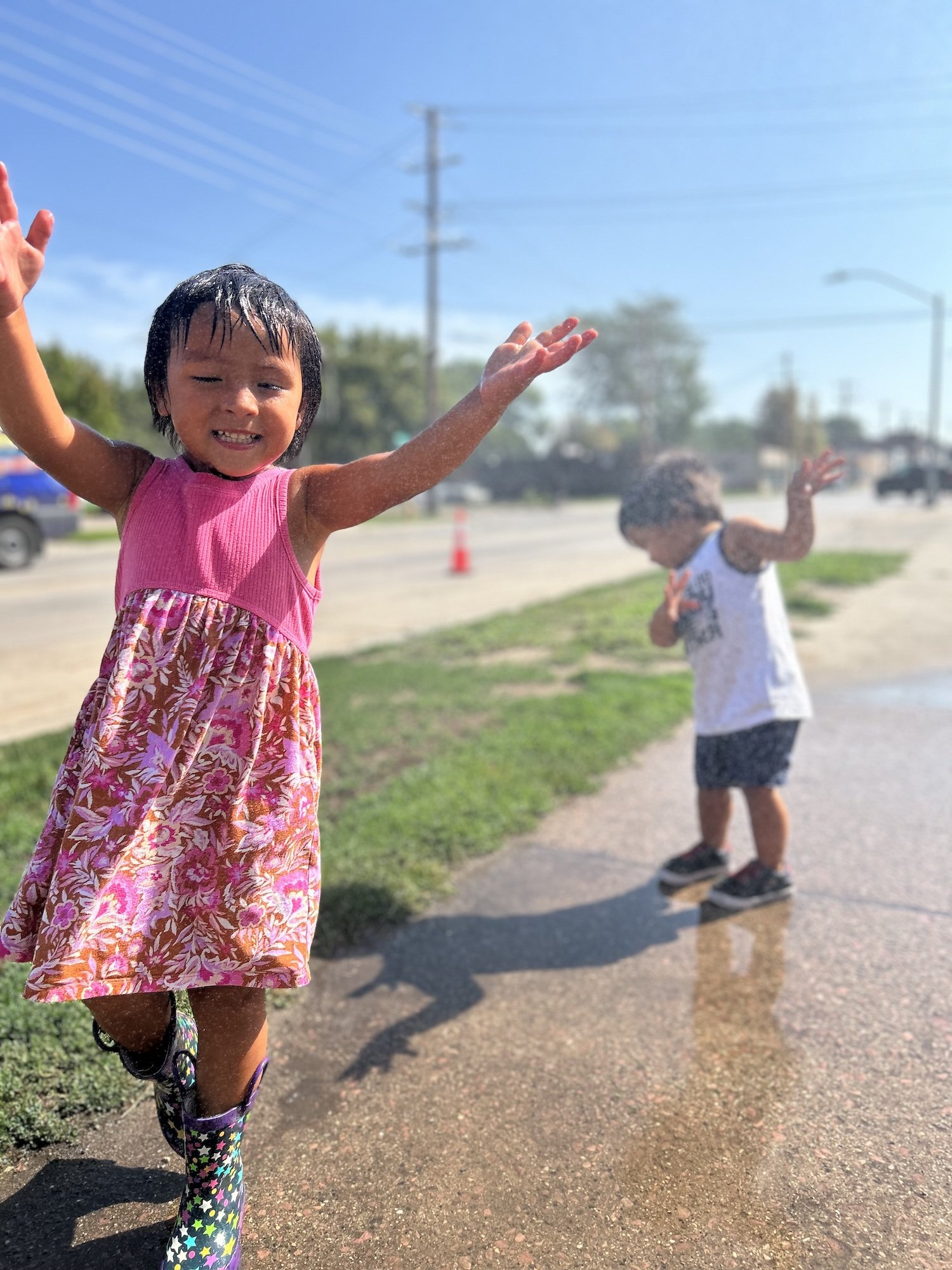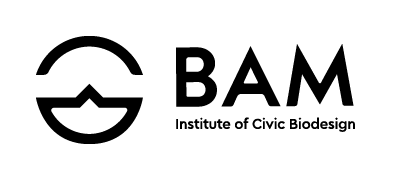
Civic Biodesign is the practice of…
studying, mapping, and synthesizing systems
Whatever you are studying or trying to fix is a system or a system of systems. And that system is probably producing outcomes you don't like: unsafe streets, dirty rivers, expensive housing, underrepresented populations, etc. As an approach, Civic Biodesign flips the script and says that the system was designed to produced those negative outcomes. They are a feature, not a bug. We then try to understand why that design happened and what can be done to produce different outcomes.
where nature and humans meet
More specifically, Civic Biodesign operates where natural systems and human-made systems meet. The friction almost always lies at the edges.
Neighborhoods built in flood plains
Children crossing busy streets for school
Rivers passing through farmlands
Investors building in poor neighborhoods
This means we find ourselves discussing land use and ownership, food security and food sovereignty, bioregional food growing, the built environment, and its impacts on mental health.
to create the conditions for wellness
With simple problems, there are solutions. With complex problems, there are outcomes, and how you impact those outcomes is to change conditions. It doesn't take much observation to realize that our systems are not well. Many aren't even functioning anymore.
If you want to have a bountiful garden, you must first create the conditions for that opportunity to emerge. It is much more challenging to fertilize your way to success. If the garden is established in a sunny area, with good drainage and airflow, if the soil is rich with minerals and worms, if the garden is close to a clean water source, and if someone plans on tending it, you might have a good harvest. This is condition creation for wellness.

in specific bioregions.
Place matters. The food, water, shelter, and soil of a place explain more about the conditions for life in that region than most give credit for. The work of Civic Biodesign is hyper regionally contextualized. A bioregion is typically a watershed. Basically, if you are drinking the same water chances are you live in the same place. Gone is the era of thinking what works in one place will work for every other place and that we must impose those outside systems. Civic Biodesign wisdom comes from within a given region.



